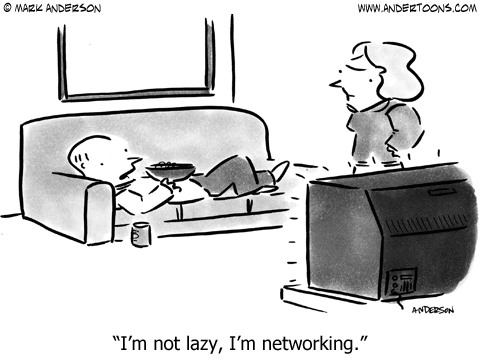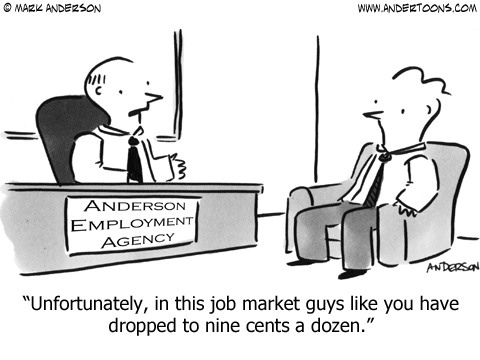Entrepreneurship gets easier over time if you have a strong network. As you become more successful you also become more credible, and other successful and credible people will want to associate themselves with you. But business owners lead busy lives, and sometimes they need to push themselves to effectively foster these relationships. Here are three steps you can take to build your own network.
UTILIZE THE SNOWBALL EFFECT
My network has grown extensively as I meet other entrepreneurs and publicize my projects. The snowball effect has started to kick in: the more people I meet, the faster my extended network grows. I divide my efforts into two areas: business and after-work engagements.
In 2013, I set up a board of advisers. We’ve held two meetings so far. One board member is a competitor of my manufacturing company RoyalPak, another hired me for my first job, and yet another was the broker on an acquisition I considered. My board has already recommended three potential acquisitions in various industries.
Four major lenders have approached me to help out, financially or otherwise, on future projects. They found me mostly through word of mouth.
My closest friends are also entrepreneurs. On our off hours, we act as a support system for each other, we talk a lot of shop, and we make introductions when appropriate.
INVEST IN YOUR NETWORK
I hear and read a lot about the value of contacts, and how they can be leveraged. Most entrepreneurs would argue that a huge network has its advantages, but it’s not easy to capitalize on. Much like owning a business, it takes a lot of time and a lot of hard work. That’s why I use the term ‘investing’ when I talk about building a network.
As the owner of an events business, I’ve been thinking for quite some time about how to appeal to small business owners who, like me, are looking to invest in networking but need a more targeted approach. Events are a crucial part of the entrepreneurial experience. They’re places to learn about other entrepreneurs and make connections that can help make or break your company, and I recommend you invest time and energy into attending them. But certain types of events eventually outlive their usefulness.
If you’re a growth-oriented entrepreneur, you know what I’m talking about. We’ve all sat through keynotes and panels, some of which contained tidbits of useful information or showcased highly successful business owners, but ultimately leave you wanting to bust out into the lobby. And we’ve been thrilled or disappointed, depending on whom we were able to connect with after the event.
MAKE THE MOST OF YOUR TIME
We’re all busy with operations, and we occasionally need to step out and converse with other entrepreneurs from different industries to talk about common successes and challenges, with the potential to agree on synergistic business opportunities.
To find (or create) events that are worth your time, try reaching out to your personal network as a research play. Most small, focused, invite-only events are tough to search, which is what usually makes them valuable. Who might be aware of them, so they can refer you to them? (Having an “in” never hurts either, of course.)
For my part, I created The Entrepreneurship Society to stage quarterly invite-only events in Toronto that bring together established, growth-oriented business owners for evenings of high-level networking. Five featured entrepreneurs will speak for a few short minutes about the ups and downs of their business lives, but the events are ultimately about talking shop.
A big part of entrepreneurship is developing a network and figuring out how to use it to help expand your business. Finding more like-minded, growth-oriented owners is a worthwhile investment.
Bill Hennessey owns two distinct, Toronto businesses: RoyalPak and Oxford Beach. RoyalPak manufactures and packages a range of cleaning products at a 17,000-square-foot facility. By day, Oxford Beach runs experiential marketing campaigns to help clients reach their target audiences. By night, it creates, promotes and executes events for young professionals. He was a finalist in the 2012 FuEL Awards celebrating Canada’s best young entrepreneurs.
The Young Entrepreneur Council (YEC) is an invite-only organization comprised of the world’s most promising young entrepreneurs. In partnership with Citi, YEC recently launched StartupCollective, a free virtual mentorship program that helps millions of entrepreneurs start and grow businesses.



















